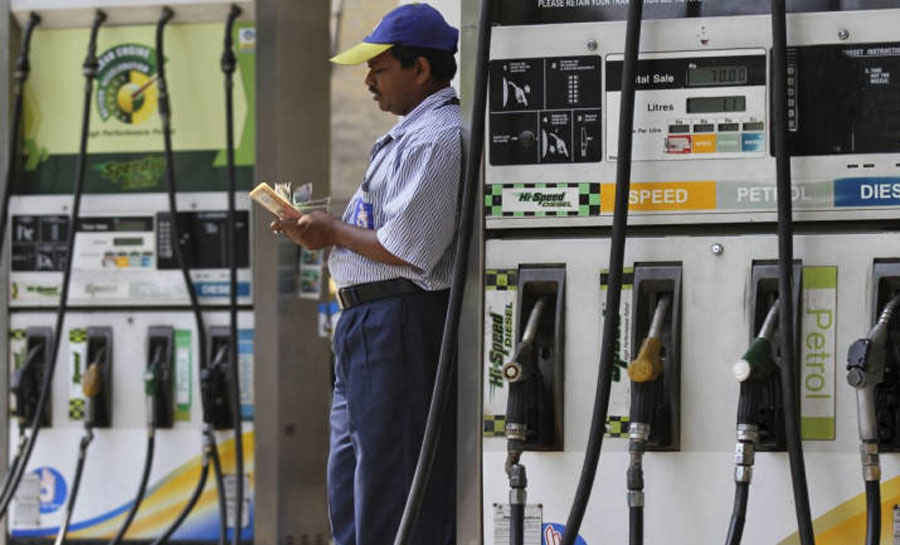Fuel prices were reduced for the eighth consecutive day on Wednesday.
New Delhi: The reduction in petrol and diesel prices by a meagre 11 and 8 paise per liter comes as a rude shock to many who have been expecting a respite.

People who made to pay a hefty price per litre when fuel prices went on an upward spiral after a 19-day pause. On the contrary, when the prices are coming down, the reduction is very marginal vis-a-vis the previous hikes in prices.
Fuel prices were reduced for the eighth consecutive day on Wednesday. Petrol price has dropped by 70 paisa a litre and diesel by 50 paisa in the last eight days. This compares to Rs 3.64 a litre hike in petrol and Rs 3.24 a litre hike in diesel rates in Delhi in the fortnight after state-owned oil firms ended a 19-day pre-Karnataka poll hiatus to resume daily price revision on May 14.
Petrol in Delhi today costs Rs 77.72 and diesel by Rs 68.80, a reduction of 11 and 08 paise respectively from Tuesday's prices. The central government levies Rs 19.48 a litre of excise duty on petrol and Rs 15.33 per litre on diesel. State sales tax or VAT varies from state to state. Unlike excise duty, VAT is ad valorem and results in higher revenues for the state when rates move up. Prices in Delhi are the lowest among all metros and most state capitals due to lower sales tax or VAT.
However, the government is in no mood to review the daily price mechanism. State-owned oil companies in June 2017, dumped the 15-year old practice of revising rates on 1st and 16th of every month and instead adopted a dynamic daily price revision to instantly reflect changes in cost.
Under the dynamic pricing scheme, petrol and diesel prices are revised on a daily basis in sync with global crude oil prices.
Ruling out a daily price review of petrol and diesel, Oil Minister Dharmendra Pradhan on Monday asked state governments to tax petrol and diesel within a reasonable and responsible band and not continue to reap bonanza from rising oil prices